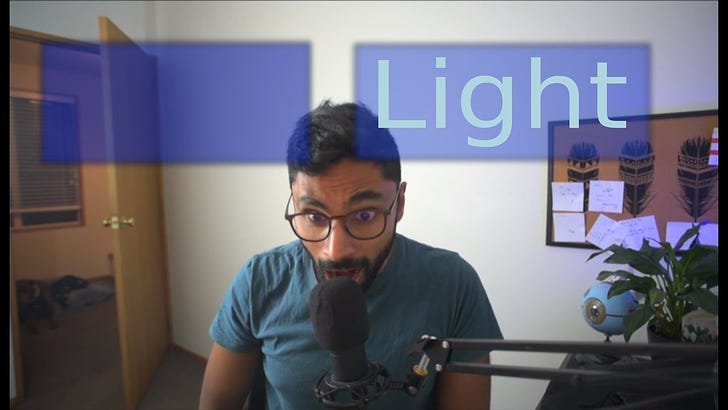Eyes on cannabis #3: common glaucoma treatments
Kia ora e hoa ma,
Can cannabis be used as a legitimate treatment for glaucoma?
Before we answer this question so far, we are covering the basics:
In this newsletter, we will learn about common glaucoma treatments.
First, we must determine if there is risk of losing sight from glaucoma. If that's the case…
Keep reading with a 7-day free trial
Subscribe to Staying Focused to keep reading this post and get 7 days of free access to the full post archives.



